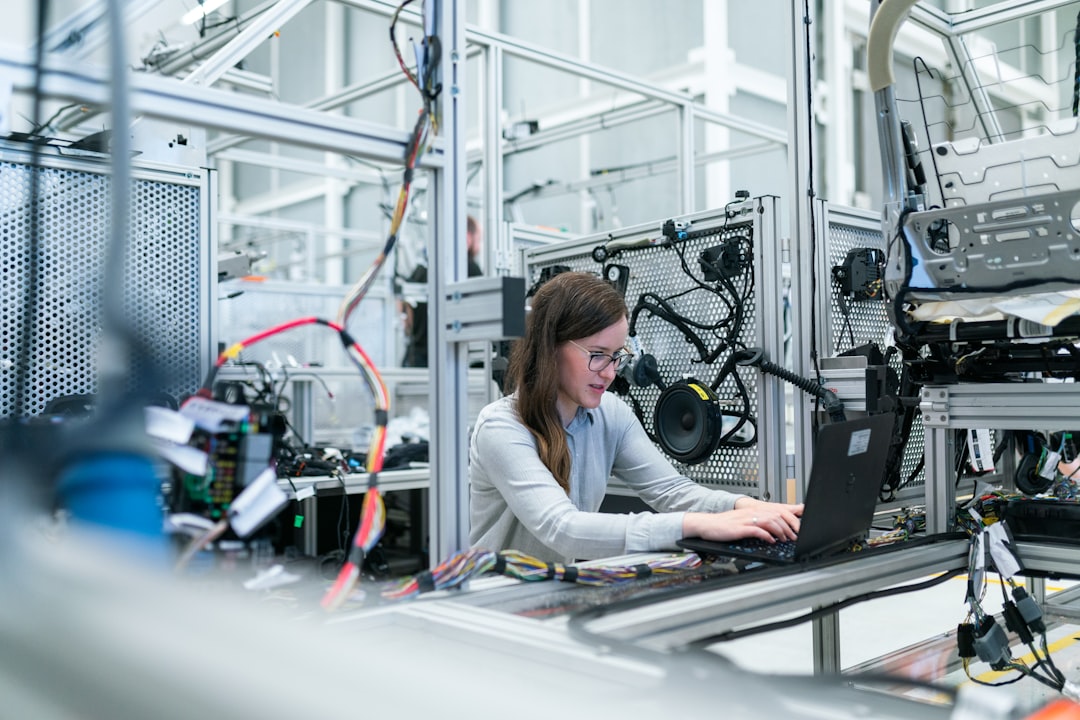Manufacturing vs. Service
What's the Difference?
Manufacturing and service are two distinct sectors in the economy. Manufacturing involves the production of tangible goods, such as automobiles, electronics, or clothing, through various processes like assembly, fabrication, or packaging. On the other hand, service refers to the provision of intangible activities or assistance to customers, such as healthcare, education, or banking. While manufacturing focuses on the physical production of goods, service emphasizes delivering experiences, expertise, or solutions to meet customer needs. Both sectors contribute significantly to economic growth and employment opportunities, but they differ in terms of the nature of their outputs and the skills required for their respective industries.
Comparison

| Attribute | Manufacturing | Service |
|---|---|---|
| Process | Physical transformation of raw materials into finished goods | Intangible delivery of expertise or assistance |
| Customer Interaction | Usually limited, primarily during sales and support | Extensive, direct interaction throughout the service delivery |
| Customization | Often limited due to standardized production processes | Highly customizable to meet individual customer needs |
| Inventory | Requires inventory management for raw materials and finished goods | No physical inventory, but may require resource management |
| Delivery | Physical delivery of goods to customers | Delivery of intangible services directly to customers |
| Quality Control | Focuses on product quality and adherence to specifications | Emphasizes service quality and customer satisfaction |
| Lead Time | May have longer lead times due to production processes | Often shorter lead times as services can be delivered immediately |
| Physical Infrastructure | Requires manufacturing facilities and equipment | Relies on service facilities and technology infrastructure |
| Labour Skills | Requires technical skills for production and assembly | Requires diverse skills for customer service and problem-solving |

Further Detail
Introduction
Manufacturing and service are two distinct sectors that play crucial roles in the economy. While manufacturing involves the production of tangible goods, service focuses on providing intangible assistance or support to customers. Both sectors contribute significantly to economic growth and employment opportunities. In this article, we will explore the attributes of manufacturing and service, highlighting their differences and similarities.
1. Nature of Output
In manufacturing, the output is typically a physical product that can be seen, touched, and used by consumers. This includes items such as automobiles, electronics, clothing, and furniture. On the other hand, the output of the service sector is intangible and often involves actions, expertise, or advice provided by individuals or organizations. Examples of services include healthcare, education, banking, consulting, and transportation.
Manufacturing products are usually tangible and can be stored, transported, and sold in physical locations. In contrast, services are often consumed at the point of delivery and cannot be stored or transported in the same way as physical goods.
2. Production Process
The production process in manufacturing typically involves transforming raw materials or components into finished products through various stages. This may include design, procurement, assembly, quality control, and distribution. Manufacturing often requires specialized machinery, equipment, and skilled labor to carry out these processes efficiently.
On the other hand, the production process in the service sector is more focused on delivering the desired outcome to the customer. It often involves human interaction, expertise, and the utilization of knowledge or skills. Service providers may follow specific protocols or procedures to ensure consistent quality, but the process is generally less standardized compared to manufacturing.
3. Customer Interaction
In manufacturing, customer interaction is typically limited to the purchase and use of the product. The customer's involvement in the production process is minimal, and the interaction is primarily transactional. However, manufacturers may gather feedback from customers to improve their products or develop new ones.
Service, on the other hand, heavily relies on customer interaction throughout the entire process. Service providers often engage with customers to understand their needs, provide personalized solutions, and ensure customer satisfaction. This interaction can be face-to-face, over the phone, or through digital channels. Service providers may also seek feedback to continuously improve their offerings and tailor their services to individual customer preferences.
4. Tangibility and Perishability
Manufactured goods are tangible and can be physically inspected before purchase. Customers can assess the quality, features, and functionality of the product, which helps in their decision-making process. Additionally, physical products can be stored, shipped, and displayed in retail environments.
Services, being intangible, lack the same level of tangibility. Customers often rely on reputation, reviews, or recommendations when choosing a service provider. Since services cannot be physically inspected before consumption, customers may face uncertainty regarding the quality or outcome. Furthermore, services are often perishable, meaning they cannot be stored for future use. If a service is not utilized at the time of delivery, it is lost.
5. Labor Requirements
Manufacturing typically requires a significant amount of labor, both skilled and unskilled, to operate machinery, assemble products, and manage the production process. However, advancements in automation and robotics have led to increased efficiency and reduced labor requirements in some manufacturing sectors.
Service, on the other hand, relies heavily on skilled labor and human interaction. Service providers often require specialized knowledge, expertise, and interpersonal skills to deliver high-quality services. While automation and technology can support certain aspects of service delivery, the human element remains crucial in many service industries.
Conclusion
Manufacturing and service are two distinct sectors with their own unique attributes. Manufacturing focuses on the production of tangible goods, while service provides intangible assistance or support. The nature of output, production processes, customer interaction, tangibility, and labor requirements differ between the two sectors. However, both manufacturing and service contribute significantly to economic growth, employment, and overall societal well-being. Understanding the differences and similarities between these sectors is essential for policymakers, businesses, and individuals to make informed decisions and foster a balanced and prosperous economy.
Comparisons may contain inaccurate information about people, places, or facts. Please report any issues.